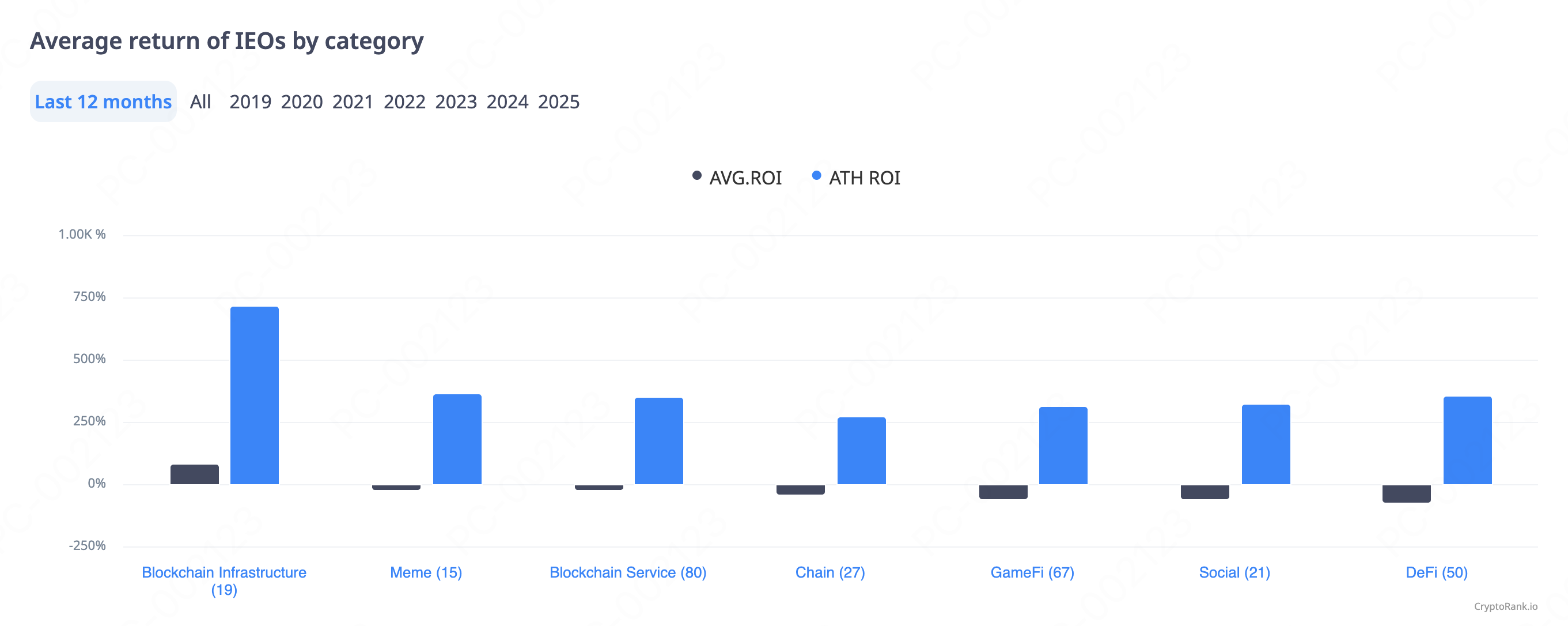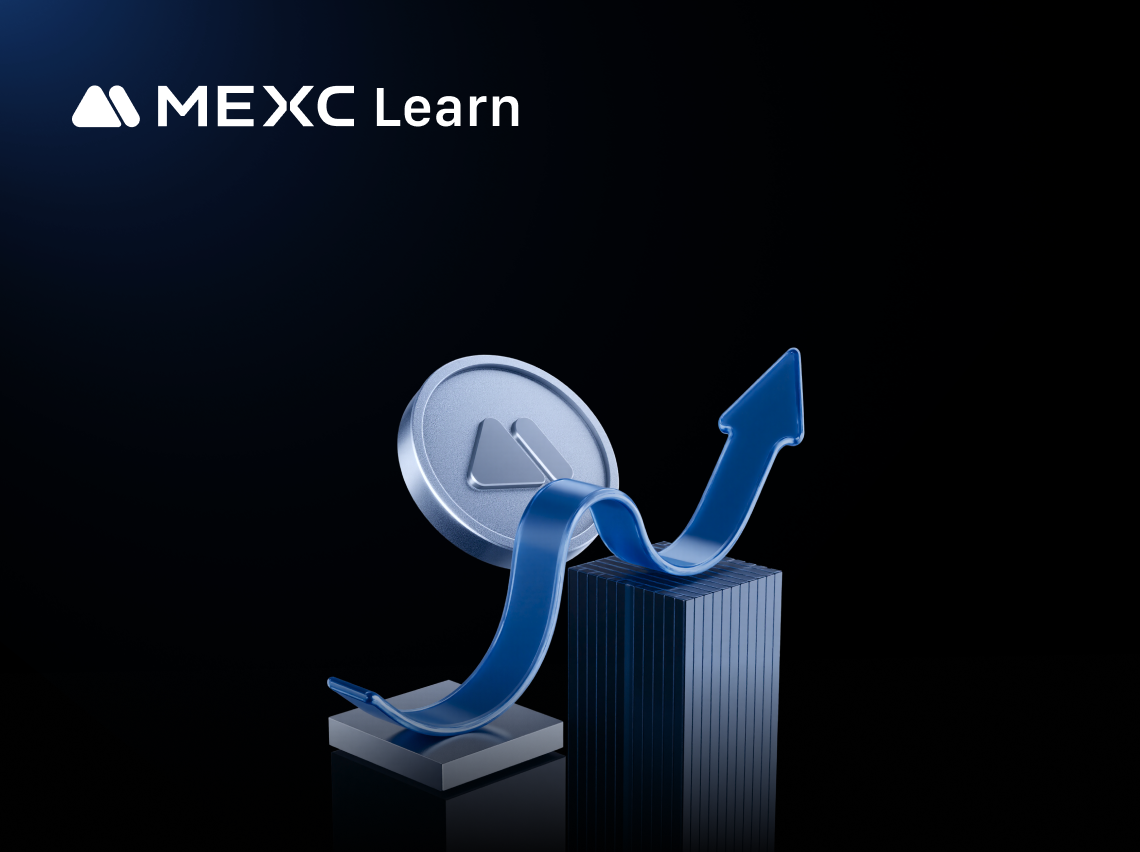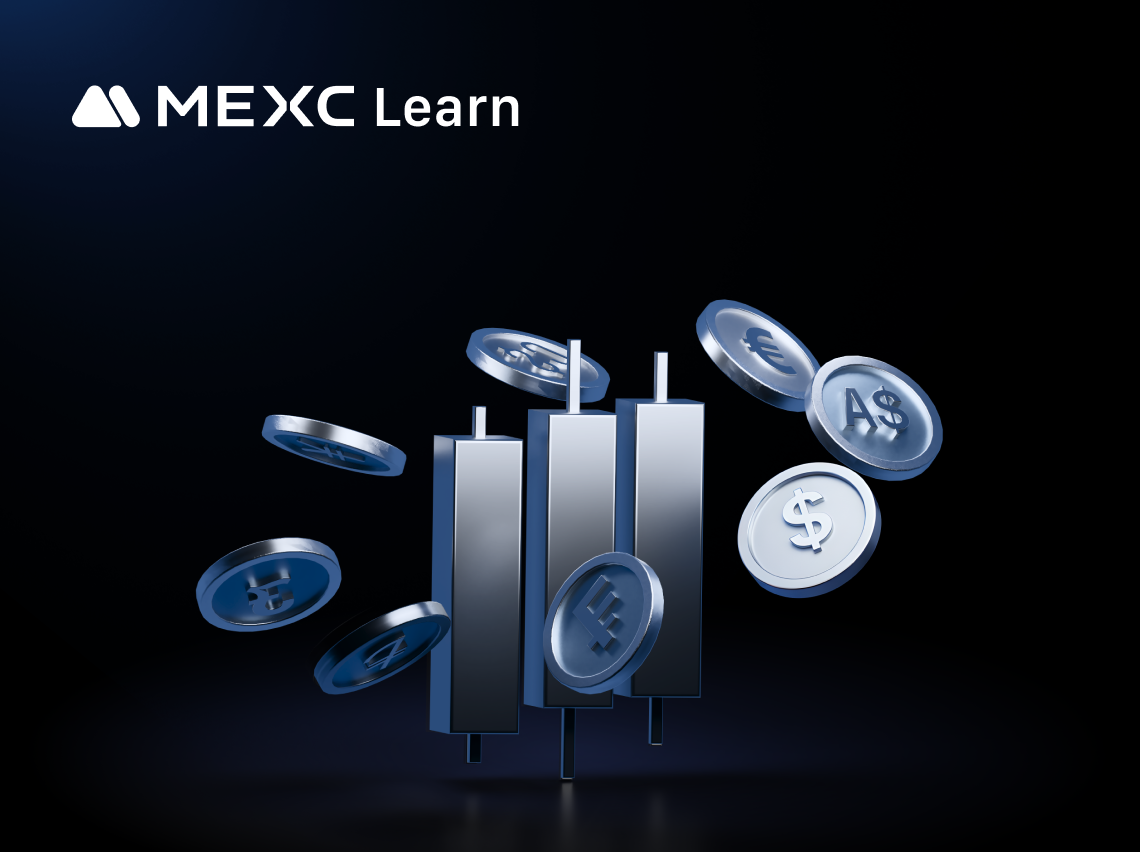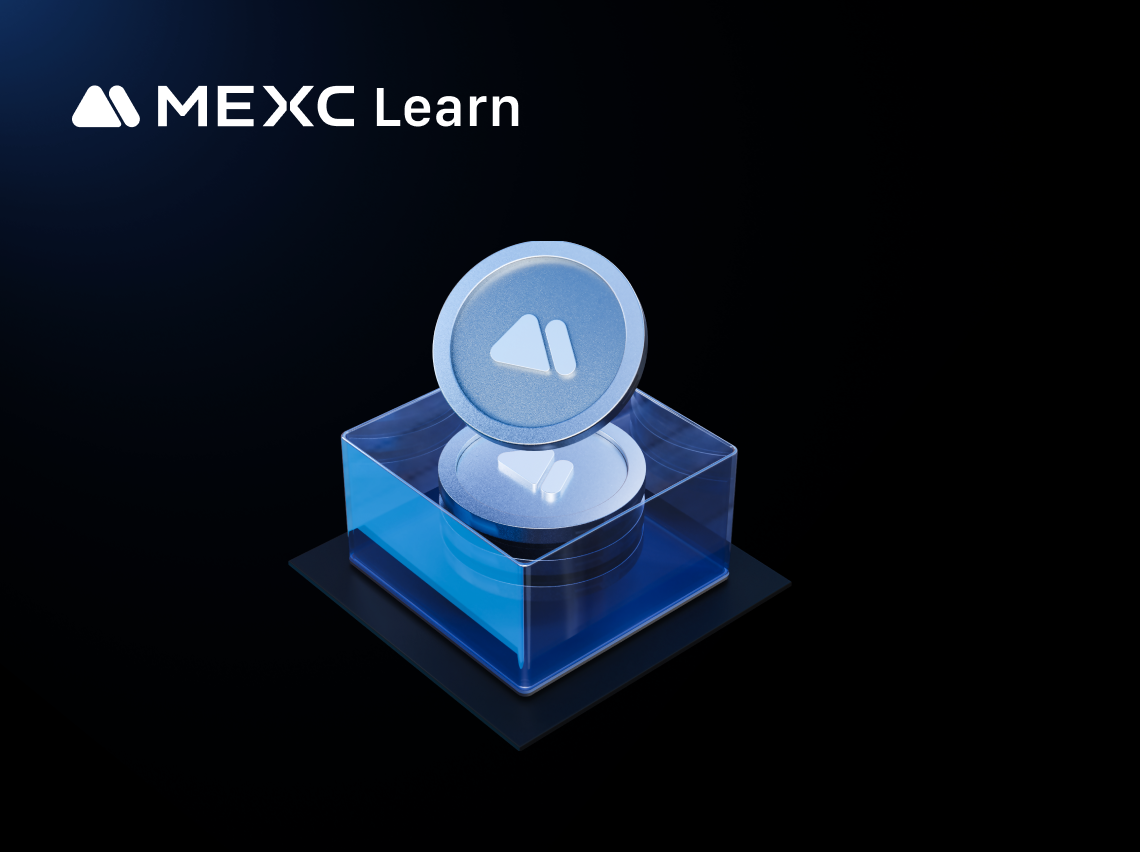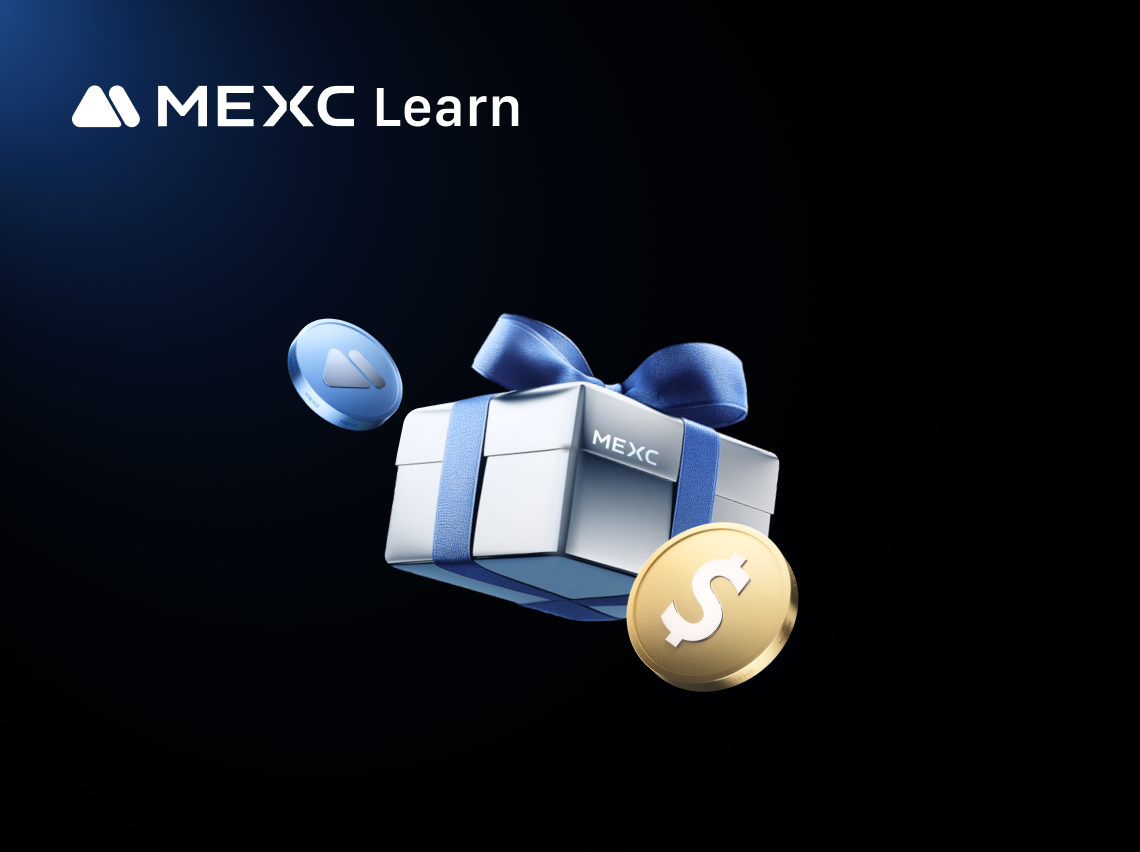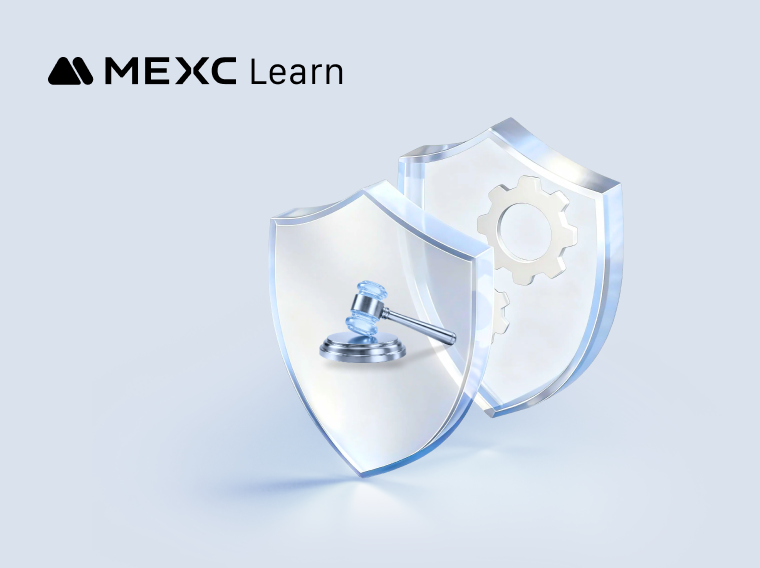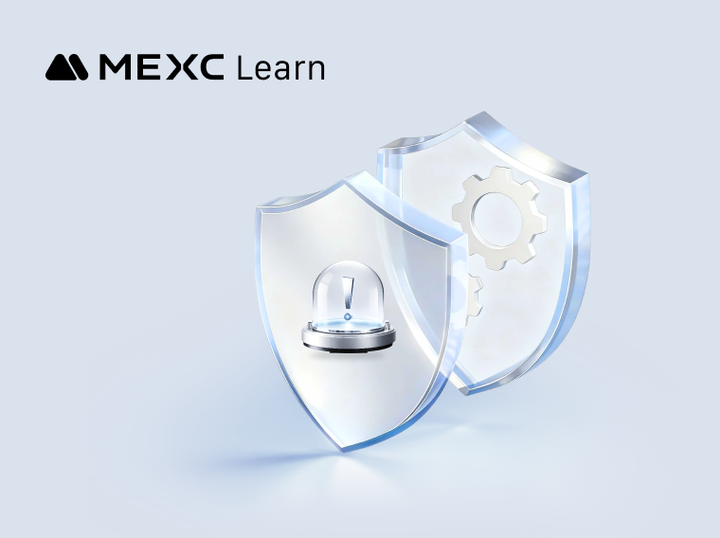In the crypto market, participating in new token launches—commonly referred to as launchpads—is a popular way to pursue high returns by getting early access to promising projects. Launchpads serve as the primary platforms for these offerings, leveraging blockchain technology to eliminate traditional financial barriers and provide global access to investment opportunities. Currently, launchpads fall into two main categories:
CEX Launchpads: These operate through centralized exchanges (such as MEXC and Binance) and conduct Initial Exchange Offerings (IEOs). They offer the advantage of platform-backed credibility, with rigorous project vetting to provide user protection. Additionally, the liquidity resources of CEXs often lead to active post-listing trading, making them well-suited for a broad user base.
DEX Launchpads: Built on decentralized exchanges, these platforms use smart contracts and liquidity pools to facilitate token distribution via Initial DEX Offerings (IDOs). Projects collaborate with DEXs to set issuance parameters, and users participate directly on-chain. While the entry barrier is lower, the associated risks tend to be higher.
Given the high-reward yet high-risk nature of launchpads, this article offers a comprehensive guide covering the opportunities and challenges involved, the protective mechanisms of MEXC Launchpad, and practical strategies for safer participation—helping investors engage with new offerings more securely and effectively.
Amid the crypto market boom, launchpads have become a popular choice for investors due to their low entry barriers and high return potential. Unlike traditional IPOs, launchpads require neither large capital nor complex qualifications, allowing everyday retail investors to participate in early-stage projects and benefit from early access.
Low Entry Barrier: For example, MEXC Launchpad only requires users to complete KYC verification and a few simple tasks to participate. Decentralized launchpads go further—often requiring only a wallet connection—greatly lowering the barrier to entry.
High Return Potential: Launchpads offer the chance to purchase tokens at early-stage discounted prices. For instance, BEE saw significant price gains after its debut on MEXC Launchpad, delivering up to 20x returns for early participants.
However, high returns often come with high risks. Investors should remain vigilant to avoid potential losses.
Despite their appeal, launchpads carry various risks, including external risks (market, project, and platform-related) and internal operational risks. This section focuses on external risks, while internal risks will be discussed later.
1.2.1 Market Risks:
Tokens launched via launchpads are exposed to multiple market risks. In the short term, prices may drop rapidly due to sell-off pressure or market sentiment—especially on decentralized platforms with limited liquidity. In the long run, as market narratives shift and users tend to chase new trends, many projects face the dilemma of "peaking on launch day."
Short-Term Sell-Off Pressure: After token generation events (TGEs), early investors often sell quickly at peak prices to cash out. Combined with low liquidity, this leads to sharp price swings. Tokens frequently spike on the first day or week, only to drop just as fast. Retail investors who fail to sell in time or buy at inflated prices often suffer losses.
Low Liquidity and Price Manipulation: Some small-cap tokens on decentralized platforms have limited early liquidity, making them vulnerable to price manipulation through pump-and-dump tactics. Prices may fluctuate wildly with low trading volume, and retail holders may find their tokens rapidly devalued with no buyers in sight.
Long-Term Volatility: According to CryptoRank data (July 2024–July 2025), except for the Blockchain Infrastructure category (19 projects, ~100% average return), other sectors—including Meme (15 projects), Blockchain Service (80 projects), GameFi (67 projects), and DeFi (50 projects)—recorded negative average returns, with many falling below their initial offering price.
1.2.2 Project Risk
The rapid increase in the number of launchpad projects and their uneven quality pose significant risks to investors and impact potential returns.
High Volume, Inconsistent Quality: Between June 1 and July 1, 2025, a total of 2,315 token sales were conducted across launchpad and IDO platforms (based on publicly available data). While project volume is high, many platforms lack robust vetting processes, resulting in variable quality. Some teams operate with unclear backgrounds, prior misconduct, or unfeasible technologies—making it difficult for investors to identify credible projects and increasing the risk of losses due to malicious behavior by project teams.
Security Vulnerabilities and Hacks: Projects launched via decentralized platforms often rely on automated tools and community trust rather than strict audits, making it difficult to ensure technical competence or contract security. Without professional code audits, vulnerabilities in smart contracts can be exploited by hackers. In particular, newly deployed liquidity pools are susceptible to attack. If exploited, hackers may drain these pools, resulting in major losses for investors who participated in presales or token distributions.
1.2.3 Platform Risk
Launchpad platforms themselves face risks including hacking, smart contract flaws, and operational errors. Both centralized and decentralized platforms have seen incidents where user funds were compromised due to security issues. Additionally, lack of transparency and fairness in token allocation can lead to issues such as whale dominance or insider manipulation, undermining the interests of retail investors.
Given these risks, investors should opt for platforms with clear protective measures. MEXC provides a relatively secure environment through rigorous project screening, fair distribution mechanisms, robust security protocols, and investor education.
MEXC has developed a comprehensive evaluation framework, reviewing projects across multiple dimensions including technological innovation, tokenomics, team background, and market potential. Only projects that pass thorough due diligence are eligible to launch on MEXC Launchpad. Some may also receive support from MEXC Ventures, further validating their viability and long-term potential. This pre-screening process helps filter out low-quality projects, saving users time and significantly reducing investment risk.
To address issues such as whale monopolization and insider allocations, MEXC Launchpad adopts a transparent, proportional distribution model. Retail users only need to hold designated tokens (e.g., USDT, USD1) to participate—no complex tasks required. In non-oversubscription modes, users receive tokens proportional to their subscribed amount. In oversubscription scenarios, tokens are still distributed fairly. Unlike lottery-based or stake-weighted models, this ensures equal opportunities for all participants.
MEXC employs AI-based monitoring and third-party audits (e.g., Hacken) to detect and address smart contract vulnerabilities in real time. To further mitigate fraud, all users must complete KYC verification, which helps prevent bot-driven purchases that crowd out legitimate participants.
Investing through Launchpads involves speculation and uncertainty. Users must be equipped with sound investment judgment and risk management skills. MEXC Learn provides educational resources on topics like project evaluation, timing exit strategies, and setting stop-losses. These materials empower users to make informed decisions, manage market fluctuations, and avoid liquidity traps. Learning how to assess project fundamentals and execute timely exits can help reduce losses and improve outcomes.
In addition to external risks, personal investment decisions can significantly impact returns. The next section will explore common types of user losses in Launchpad investments from a micro-level perspective, along with strategies for mitigation.
Opportunity Cost: Missing Better Investment Opportunities
Capital allocated to launchpad projects is no longer available for other potentially higher-yielding opportunities, such as spot market trading or staking for yield. If the launchpad project underperforms, the opportunity cost becomes more pronounced.
Regulatory Losses: Uncertainty in Policy Changes
The global cryptocurrency industry is still in its early stages, with unclear and frequently changing regulations in many countries. New regulatory restrictions may limit user participation in Launchpads or negatively affect the value of tokens already acquired.
Information Asymmetry: Misleading Information and Cognitive Bias
Retail investors often face an information disadvantage in Launchpad investments.
Exaggerated Marketing by Project Teams: Some projects may overhype their potential, technology, or team to attract investment, leading to misinformed valuations.
Influence from KOLs and Media: Certain influencers or media outlets may promote biased content due to vested interests, encouraging investors to follow blindly.
Cognitive Bias: Retail investors may overemphasize short-term gains while ignoring long-term fundamentals and risks, or make impulsive decisions under FOMO (Fear of Missing Out).
Despite these risks, investors are not powerless. The following strategies can help reduce exposure in launchpad investments:
Conduct Thorough Due Diligence
Avoid chasing "get-rich-quick" narratives or relying on "insider tips." Before participating in any launchpad project, conduct in-depth research. This includes reading the whitepaper carefully, evaluating the team's background and credibility, assessing community engagement, performing competitor analysis, and examining backing from institutional investors.
Diversify Investments
Diversification should be applied in two ways. First, through project diversification, investors can spread their funds across multiple launchpad projects. This way, if one project underperforms, potential gains from others may help offset losses. Second, asset diversification involves allocating funds not only to launchpads but also to other types of crypto assets, such as major cryptocurrencies or DeFi mining. This approach helps mitigate the impact of overall market volatility on the investment portfolio.
Practice Budget Management
Only invest idle funds. Before participating in any launchpad, determine your maximum acceptable loss and set a budget accordingly. Avoid going all-in.
Below is a practical step-by-step guide for participating in MEXC Launchpad, designed to help users avoid common mistakes during the process.
To access the Launchpad subscription page, go to the MEXC website and click on Events → Launchpad in the navigation bar. There, you can find details about upcoming projects, subscription rules, and timelines. If you do not yet meet the participation criteria, complete the required trading or deposit tasks before joining.
Select the desired pool, click Subscribe Now to enter the details page, enter the amount you wish to commit, and click Confirm to complete your participation. Note that Launchpad events usually have a minimum participation amount, and the tokens subscribed will be temporarily frozen during the event.
If your subscription is successful, your funds will be deducted and converted into project tokens. If unsuccessful (e.g., due to incomplete tasks, oversubscription, project cancellation, or account anomalies), the funds will be refunded to your Spot account within 24 hours.
The number of tokens received depends on whether the event is oversubscribed. In non-oversubscription cases, tokens are allocated based on the full subscribed amount. In oversubscription cases, tokens are distributed proportionally.
Missing the Launch Time and Potential Peak: Token prices often experience sharp volatility at launch, with potential peaks appearing briefly. Failing to monitor the launch time may cause users to miss optimal selling opportunities and result in being stuck at a higher price.
Chasing the Price Without a Profit-Taking Plan: Some users hesitate to sell after seeing initial price surges, hoping for higher returns, only to miss the opportunity entirely. To avoid this, set a clear target price and take-profit plan in advance to reduce the influence of FOMO and ensure timely action.
Understand the Project Timeline in Advance: Pay attention to key phases: subscription period, token distribution, and listing time. Follow both MEXC and project social media channels for real-time updates. Familiarize yourself with the project's typical listing pattern, such as which exchanges it launches on first and expected price trends.
Set TP/SL Orders at Launch: For tokens acquired through Launchpad, predefine your take-profit and stop-loss (TP/SL) levels. For example, set a 50% or 100% profit target and sell a portion or all once reached. Likewise, establish a stop-loss level to limit downside. If the price falls below a key support level, exit even at a loss to prevent further decline. Having a clear plan helps reduce emotionally driven decisions. Also note: while tokens are typically tradable immediately after distribution, check the project announcement for any lock-up periods.
Launchpad, as a unique mechanism for early-stage token offerings, has indeed opened the door for everyday crypto investors to access promising early projects. For those seeking the next big trend or aiming for high returns, early participation can lead to significant gains. However, investing is always a game of managing risk, and launchpad projects are no exception. They are a double-edged sword—offering the potential for high returns on one side, and uncertainty and challenges on the other.
Faced with various types of potential losses—capital loss, opportunity cost, liquidity risk, security vulnerabilities, regulatory uncertainty, and information asymmetry—investment strategies must go beyond luck or emotion. They should be grounded in thorough research, careful planning, and rational execution. Platforms like MEXC Launchpad provide the tools and frameworks to help mitigate these risks, but ultimately, the ability to avoid losses depends on the investor's understanding of risk and the discipline with which they execute their strategy.
As a high-quality platform, MEXC Launchpad offers access to early-stage projects. But for users, truly achieving manageable risk and expected returns requires a clear understanding of the balance between opportunity and risk.
Disclaimer: The information provided in this material does not constitute advice on investment, taxation, legal, financial, accounting, or any other related services, nor does it serve as a recommendation to purchase, sell, or hold any assets. MEXC Learn offers this information for reference purposes only and does not provide investment advice. Please ensure you fully understand the risks involved and exercise caution when investing. MEXC is not responsible for users' investment decisions.

